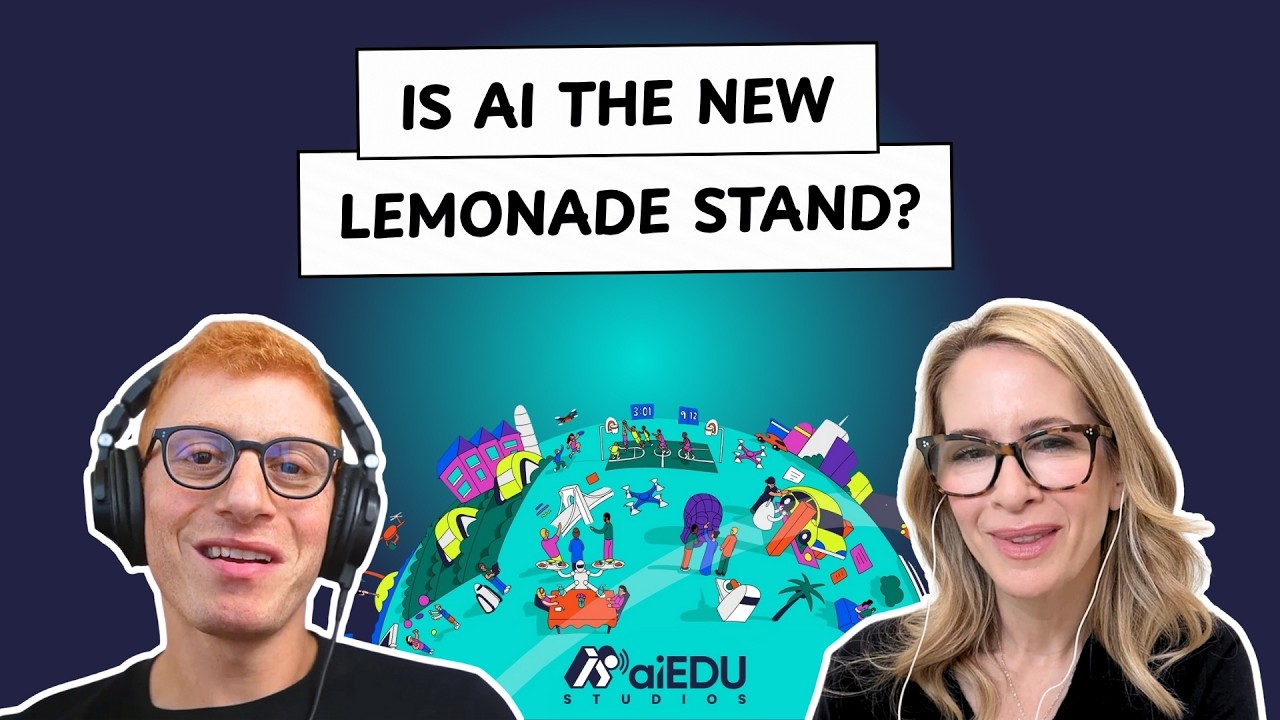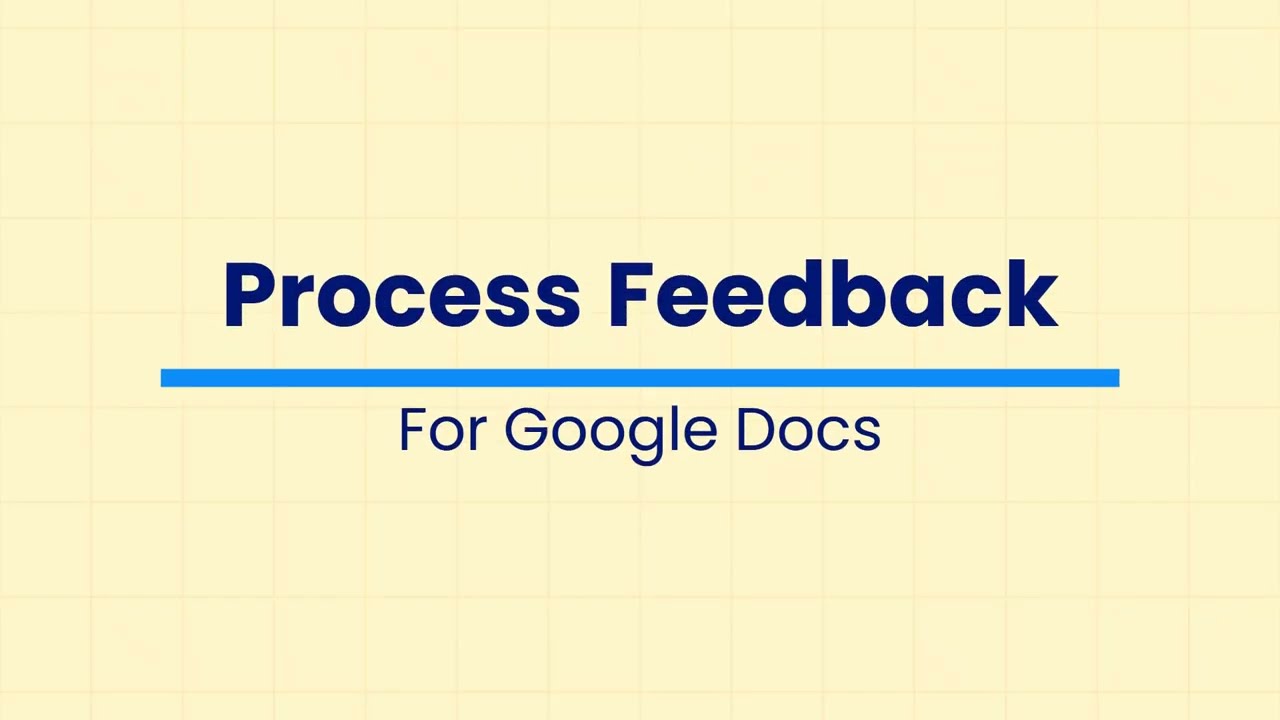In the age of AI, a new group of entrepreneurs is emerging: "Teacherpreneurs," founders who are teachers with classroom experience. Transition from teacher to entrepreneur Jon Laven (Snorkl) I worked as a high school math teacher in Minneapolis for ten years. I started Snorkl with my co-founder, Jeff Plourd, a former teacher. My motivation for starting Snorkl was that I wanted math classes to be centered around students' thought processes, not just about getting the right answer. I worked part-time for a year and a half, developing the product while maintaining my full-time job, and tested it with students in real classrooms to get feedback. Jamie Poskin (TeachFX) I taught math and English at a private school in Harlem, and even served as the athletic director. While I was working on my MBA and Master of Education, a principal suggested I get the idea. "I'd love to get into the classroom, but I don't have the time. Video is great, but I don't have time to watch all the videos. Couldn't I use Stanford's great computers to analyze the recorded videos?" This was the beginning of TeachFX. Maya Bialik (QuestionWell) This is a case of a researcher-turned-teacher. After writing the book "AI in Education" in 2019, I became a teacher because I wanted to gain hands-on classroom experience. During February break, my husband was working on an AI-powered question generation tool, and I stumbled upon Maya, which did the same thing I'd been doing by hand. "This is something I have to do every day, so I can't help but automate it," he said, and he created the tool, which became QuestionWell. Merissa Sadler-Holder (Teaching With Machines) I've been teaching in the classroom for 13 years. Seeing the AI workshop at the 2023 ASU+GSV Summit so popular that I couldn't even get into it, I realized, "AI can be another burden for teachers. We need to create meaningful professional development and create spaces that amplify teachers' voices." What Teachers and Entrepreneurs Have in Common Quick adaptability Jon Laven: "Great teachers constantly adapt. To new curricula, new students, new situations. If a class isn't going as planned, they look at the data and quickly change course. Startups are no exception." Learning from repetition and failure Jamie Poskin: "How do you teach students who hate math and lack fundamentals? You can't hit a home run on the first try. You have to formulate a hypothesis every day, try it, find small successes, and build on them. It's the same iterative process as a startup." Comfort with uncertainty Maya Bialik: "I've been doing improv comedy for 10 years. It's taught me to be comfortable with uncertainty, to listen, to think on my feet, and to see mistakes as opportunities. That's what helps me as a teacher and as an entrepreneur." People management skills Merissa Sadler-Holder: "When I was transitioning into corporate work, I was told, 'You're just a teacher.' It's funny. People don't realize how much we do in the classroom. Managing different personalities, assessing motivations, resolving conflicts. It's something we do every day." Networking skills Merissa: "Most teachers aren't on LinkedIn because they don't have a need to network. But if you give teachers a voice and let them get out there, amazing things can happen. Networking is something we do every day in the classroom." How Your Teaching Background Affects Your Business Trust with customers Jon Laven: "When we talk to math teachers, we talk about educational philosophies like Peter Liljedahl and Thinking Classrooms. They say, 'Oh, I can see you've been in the classroom.'" Jamie Poskin: "I felt like I was talking to someone who understood the problem. It was 100% positive." Authenticity Merissa Sadler-Holder: "When I talk to teachers, I say, 'I'm one of you.' You're the kids who disrupted class every day, and every single gray hair on my head is named after you. I'm on stage, but I'm not here to tell you what to do. You already have the information, you're the experts. Teachers respect those who stand in line." Ability to switch contexts Maya Bialik: "It depends on who you talk to. They might say three years of classroom experience, or they might say a Harvard Masters degree and a published book. Both complement each other in important ways." Advice for Aspiring Teacherpreneurs Start small Jon Laven: "I started with Jamboard and Screencastify. I tested it in my classroom with real students. I didn't even plan on building an AI tool at first. I just watched the videos and gave feedback. Most ideas can be started by mimicking them manually." Just get started Maya Bialik: "Just give it a try. There's a lot of overlap between what teachers need and what entrepreneurs need. You'll have fun even if you don't know anything. You'll be learning along the way." Ask for help Merissa Sadler-Holder: "People genuinely want to help others. Teachers are reluctant to show vulnerability, but if you reach out to them on LinkedIn and say, 'Can you spare 10 minutes? I'd love to hear your advice,' people want to help."



















